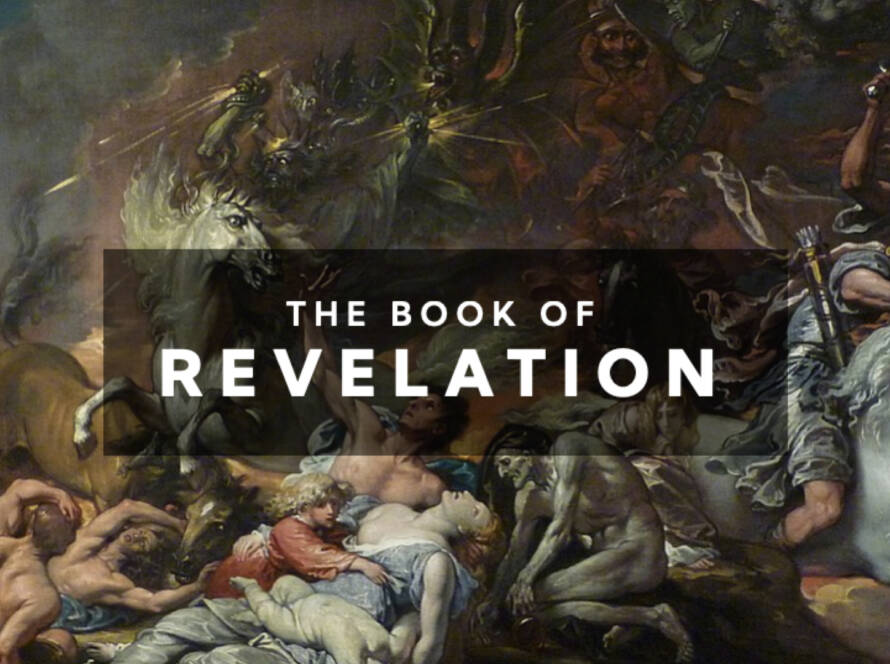The book of 1 Samuel is a pivotal text in the Old Testament, marking the transition of Israel from a loose confederation of tribes ruled by judges to a united monarchy under the leadership of kings. It tells the story of key figures, including Samuel, Saul, and David, and explores themes of leadership, obedience to God, and the tension between human desires and divine will. This guide will introduce its authorship, setting, key themes, and major events.
1. Authorship and Date
The book of 1 Samuel is part of the larger historical narrative that includes 2 Samuel and the books of Kings. Jewish tradition often attributes the authorship to the prophet Samuel himself, along with contributions from prophets like Nathan and Gad (see 1 Chronicles 29:29). However, modern scholars consider it to be the work of multiple unknown authors or editors, compiled over time. The final form of 1 Samuel likely emerged during or after the Babylonian exile (6th century BC), though many of the stories date back much earlier.
2. Historical Setting
1 Samuel takes place during a significant time in Israel’s history, roughly between 1100 and 1000 BC. This period marks the end of the Judges era, during which Israel had no centralized government, and leadership came from temporary, divinely appointed judges. The Israelites were surrounded by hostile nations, particularly the Philistines, who posed a continuous threat.
In response to the external pressures and the internal instability, the people of Israel called for a king, desiring to be like the other nations around them. This request sets the stage for the rise of Saul, Israel’s first king, and later David, one of the most important figures in biblical history.
3. Key Characters
- Samuel: The last judge of Israel, Samuel also serves as a prophet and priest. His birth was a miraculous answer to the prayers of his mother, Hannah. Samuel plays a crucial role in the transition from the era of judges to the monarchy, as he anoints both Saul and David as kings over Israel.
- Saul: The first king of Israel, Saul is a tragic figure who starts with great promise but eventually falls out of favor with God due to his disobedience. His story is one of initial success followed by personal and spiritual decline, leading to his rejection as king.
- David: Introduced as a young shepherd and musician, David becomes a central figure in Israel’s history. His defeat of the giant Goliath marks him as a national hero, and though he spends much of 1 Samuel on the run from Saul, he is portrayed as God’s chosen king.
- Hannah: Samuel’s mother, who plays an important role at the beginning of the book. Her heartfelt prayer for a child and subsequent dedication of Samuel to God’s service introduce themes of faithfulness, prayer, and God’s power to bring about change.
4. Major Themes
- Leadership and Kingship. One of the central themes in 1 Samuel is the question of what kind of leader is best for God’s people. The Israelites want a king to lead them, like the other nations (1 Samuel 8), but God warns them of the consequences. The book explores the contrast between human leadership, as represented by Saul, and leadership according to God’s heart, as represented by David. Ultimately, 1 Samuel teaches that true leadership comes from obedience and trust in God, not human strength or wisdom.
- God’s Sovereignty. Throughout the book, God’s sovereignty is evident in His control over the course of events. He raises up Samuel as a leader, chooses Saul as the first king, and then rejects him in favor of David. God’s decisions often defy human expectations, but they fulfill His greater purpose.
- Obedience and Disobedience. A major theme in 1 Samuel is the relationship between obedience to God and leadership success. Samuel, Saul, and David all face situations where they must choose whether to obey God’s instructions. Saul’s repeated disobedience leads to his downfall (1 Samuel 15:22-23), while David is portrayed as a man after God’s own heart, despite his flaws.
- The Role of Prophets. Samuel is not just a judge but also a prophet, serving as God’s mouthpiece to the people. His role shows the importance of prophetic leadership and the need for kings to submit to God’s word delivered through His prophets.
- Divine Rejection and Election. The book illustrates the process of God’s election and rejection. Saul is chosen by God but later rejected because of his disobedience. David, though initially an unlikely candidate for kingship, is elected by God to be king because of his heart for God.
- Faith and Trust in God. The contrast between Saul and David emphasizes faith in God. Saul’s lack of trust in God and his dependence on human wisdom lead to his downfall, while David’s faith in God—even when facing Goliath or Saul’s persecution—demonstrates the kind of trust God desires.
5. Structure and Major Events
1 Samuel can be divided into key sections that highlight the rise and fall of Saul and the rise of David:
- Samuel’s Birth and Early Life (1 Samuel 1–7)
- Hannah’s Prayer: Hannah prays for a son and promises to dedicate him to God if her prayer is answered. Samuel’s birth and dedication to the temple follow.
- Samuel’s Ministry: Samuel grows up in the temple under the priest Eli. He receives his calling from God to be a prophet and judge over Israel. Under Samuel’s leadership, Israel experiences a revival and victory over their enemies.
- The Rise and Fall of Saul (1 Samuel 8–15)
- The Demand for a King: The people of Israel ask for a king to lead them. Despite God’s warnings, He grants their request and directs Samuel to anoint Saul as king.
- Saul’s Early Success: Saul has early victories in battle, but his reign is marred by disobedience.
- Saul’s Disobedience and Rejection: Saul disobeys God in critical moments, such as offering sacrifices without waiting for Samuel and sparing King Agag when God commanded otherwise. As a result, God rejects Saul as king (1 Samuel 15).
- The Rise of David (1 Samuel 16–31)
- David’s Anointing: God directs Samuel to anoint David, a young shepherd, as the future king of Israel.
- David and Goliath: David gains national fame by defeating the Philistine giant Goliath, showing his trust in God.
- Saul’s Jealousy and David’s Exile: Saul becomes jealous of David’s success and tries to kill him. David flees and lives as a fugitive, but he refuses to harm Saul, even when given the chance.
- Saul’s Death: The book ends with Saul’s tragic death in battle against the Philistines, setting the stage for David’s rise to the throne in 2 Samuel.
6. Theological Importance
1 Samuel holds significant theological importance as it emphasizes God’s sovereignty in human history, the role of faith in leadership, and the consequences of disobedience. It also points forward to the Davidic covenant, which ultimately leads to the coming of Jesus Christ, the Messiah, from David’s lineage (Matthew 1:1). The book illustrates how God works through flawed individuals and circumstances to bring about His purposes, laying the groundwork for the future kingdom of God.
Conclusion
1 Samuel is an essential book for understanding Israel’s transition to monarchy and the theological dynamics between human leadership and divine authority. Through the lives of Samuel, Saul, and David, readers see the consequences of obedience and disobedience to God, the importance of faith, and God’s plan to establish a righteous king who reflects His heart. Ultimately, the book points to God’s greater purpose for a king who will reign eternally—fulfilled in Jesus Christ.




